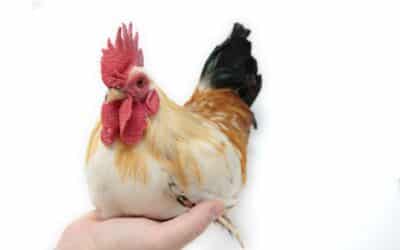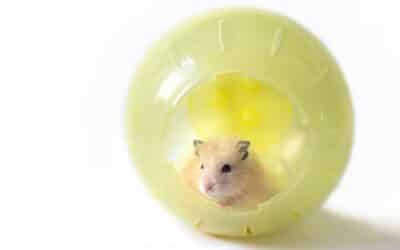If you’ve been a hamster owner for a while, you’ll know that unfortunately, there are a bunch of different diseases that can affect our fluffy rodent friends. Bumblefoot in hamsters, for example, is quite common, though still requires immediate intervention on your part to prevent it from becoming dangerous.
Keep reading to find out everything you need to know about bumblefoot, what it is and how to treat as well as prevent it.
What is bumblefoot?
Bumblefoot is a common name for a bacterial infection caused by Staphylococcus bacteria, scientifically known as pododermatitis. It’s common in a range of pets, including rodents such as hamsters, but also birds, like parrots and even penguins in zoos.
The illness causes inflammation of the bottoms of the paws or feet, starting out with small red sores or raised bumps. These can open and spread over the entire footpad. Unfortunately, it appears bumblefoot is just as painful as it looks, and it can also become a real health risk if you don’t treat it on time.
For those who speak medical jargon, according to Jennifer Blair (2013): pododermatitis is often associated with ischemia (lack of blood flow) in the soft parts of the feet that form a cushion between the bones and the floor. This ischemia can lead to mild necrosis, the wound opening up and repeated reperfusion injury, meaning things can get progressively worse without treatment. Eventually, it can lead to bleeding and infections taking hold in the bone and surrounding tissues.
In most cases, bumblefoot is caused by the hamster continuously sitting and walking around on overly rough or abrasive surfaces. One of the main culprits are unexposed cage bars, as they don’t distribute the weight evenly over the paw. The points that receive the most pressure can eventually become inflamed as a result. Small cuts or scrapes can also be an easy access point for bacteria, especially if the cage isn’t kept clean enough.
If all this sounds very disturbing, don’t worry too much right now. Unless a case of bumblefoot is advanced, it can often be treated at home. Your hamster will be back on its feet again before you know it!
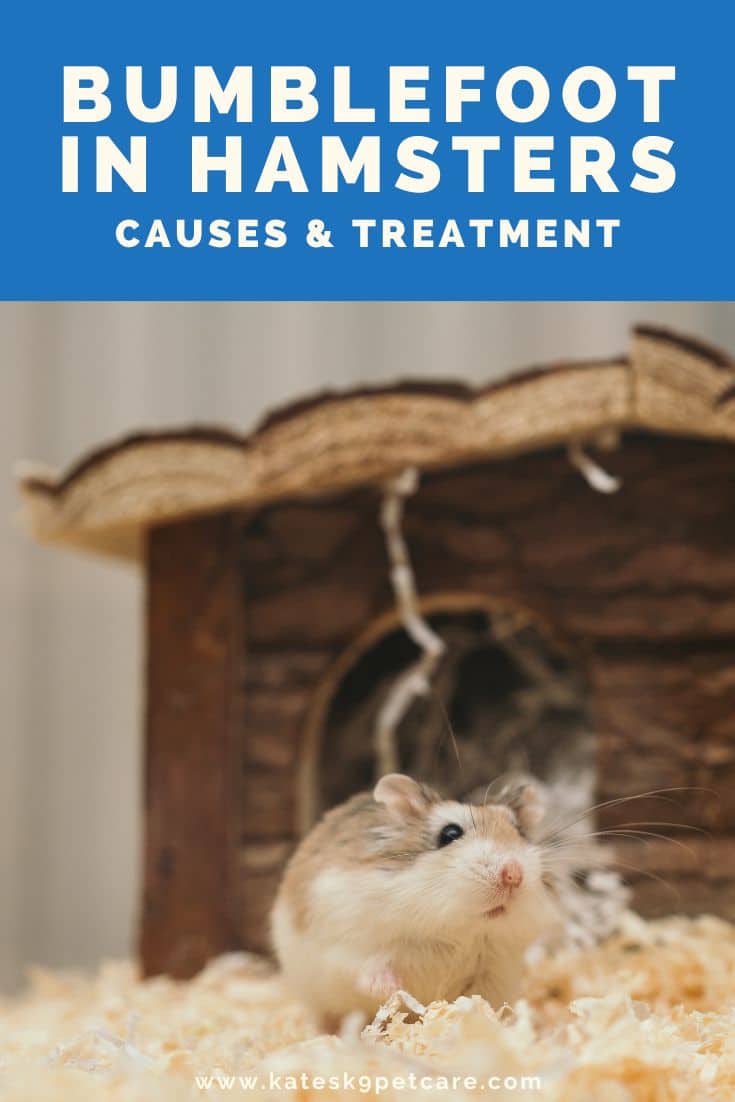
Symtoms of bumblefoot in hamsters
A bumblefoot infection is easy to overlook. After all, the problem is located on the bottom of your hamster’s feet, a part of its body that you likely don’t inspect daily! They’re also pretty good at hiding symptoms of pain. This is why it’s important to give all parts of your hammie a little visual check on a regular basis.
Here are some tell-tale signs that your hamster’s feet are in need of attention:
- Redness, swelling, patchy skin, scrapes, discoloring, sores and/or scabs on the bottom of the foot or feet.
- Possibly open sores in more advanced stages, with the presence of pus.
- Your hamster is avoiding putting pressure on its foot or feet.
- In later stages, your hamster may look listless or become unable to walk at all.
Stages of bumblefoot
If you do spot signs of bumblefoot in your hamster, it’s important to figure out how far along the infection is. After all, mild irritation can be cleared up at home, while you may need to take the patient to a vet if things are more severe.
These are the basic stages of bumblefoot:
- Mild redness or swelling on the foot pad. Maybe some patchy skin, or a scrape that looks a little inflamed.
- Obvious redness and/or swelling, possibly with scabbing.
- Open sores that ooze pus or even change color.
- Infection that has progressed to the rest of the foot and/or leg, possibly requiring surgical intervention. See a vet right now!
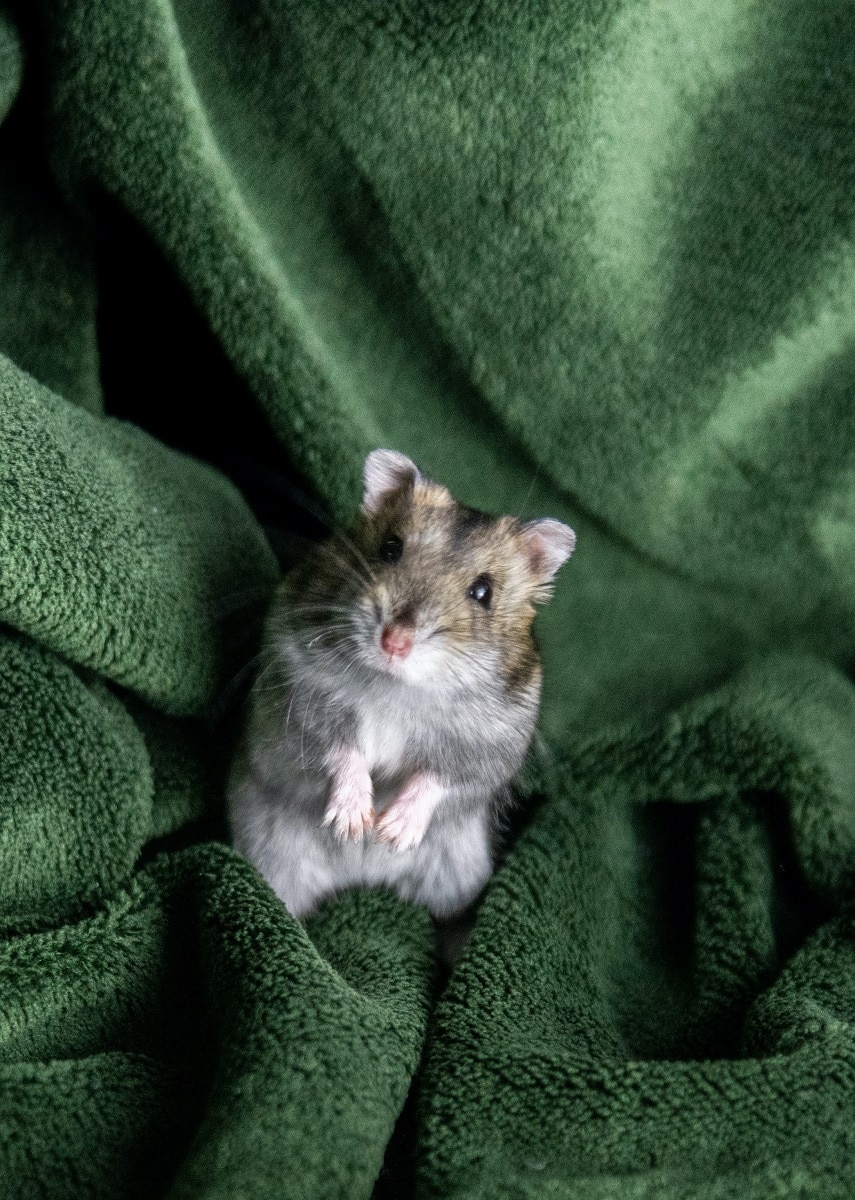
What causes bumblefoot in hamsters?
According to a 2013 study by author Jennifer Blair, there are a few different potential causes for bumblefoot in hamsters and other small pets. The more of these are present at the same time, the greater the risk of your hamster contracting bumblefoot and needing medical attention.
Here’s what you should look out for:
Abrasive surfaces
As we’ve discussed, the type of substrate you use in your hamster’s cage can make a big difference. Exposed wire on the bottom is a big risk factor for bumblefoot in hamsters, as are other hard or abrasive surfaces like cement or even carpet.
Use hamster-safe substrates and bedding to keep your furry friend’s feet healthy: unscented wood shavings, soft paper and the like are much better than something like sharper straw, or worse, no substrate at all.
It’s also important to avoid low-quality or small hamster wheels. No wire please! Wood is a good material to go for.
Bad hygiene
This is a huge one to keep in mind. Your hamster’s cage should be clean, without poop all over the place or wet bedding that might contain all sorts of nasty bacteria. In a dirty cage, it only takes a small scrape on a hamster’s foot to potentially cause an infection.
Obesity & lack of activity
If your hamster is overweight (or pregnant), this means increased pressure on the feet. Not surprising then, that this can lead to bumblefoot, as we’ve already found out that constant pressure on certain parts of the feet can be a risk factor. It gets worse if your hamster is in a small cage and doesn’t get to move around much.
Exercise and a proper diet are important factors in avoiding bumblefoot in a hamster. Not in the least because plenty of vitamins and (micro)nutrients also improve their overall health and make them less susceptible to infections in general! Vitamin C is considered especially important.
Long nails
Any injury to the bottom of the foot can give bumblefoot the ability to take hold. This is one of the reasons you should keep your hamster’s nails nice and trim: if they grow too long and curve inwards, this can injure the foot. It can also cause uneven pressure.
You can find out how to care for your furry friend’s talons in the post on clipping hamster nails!
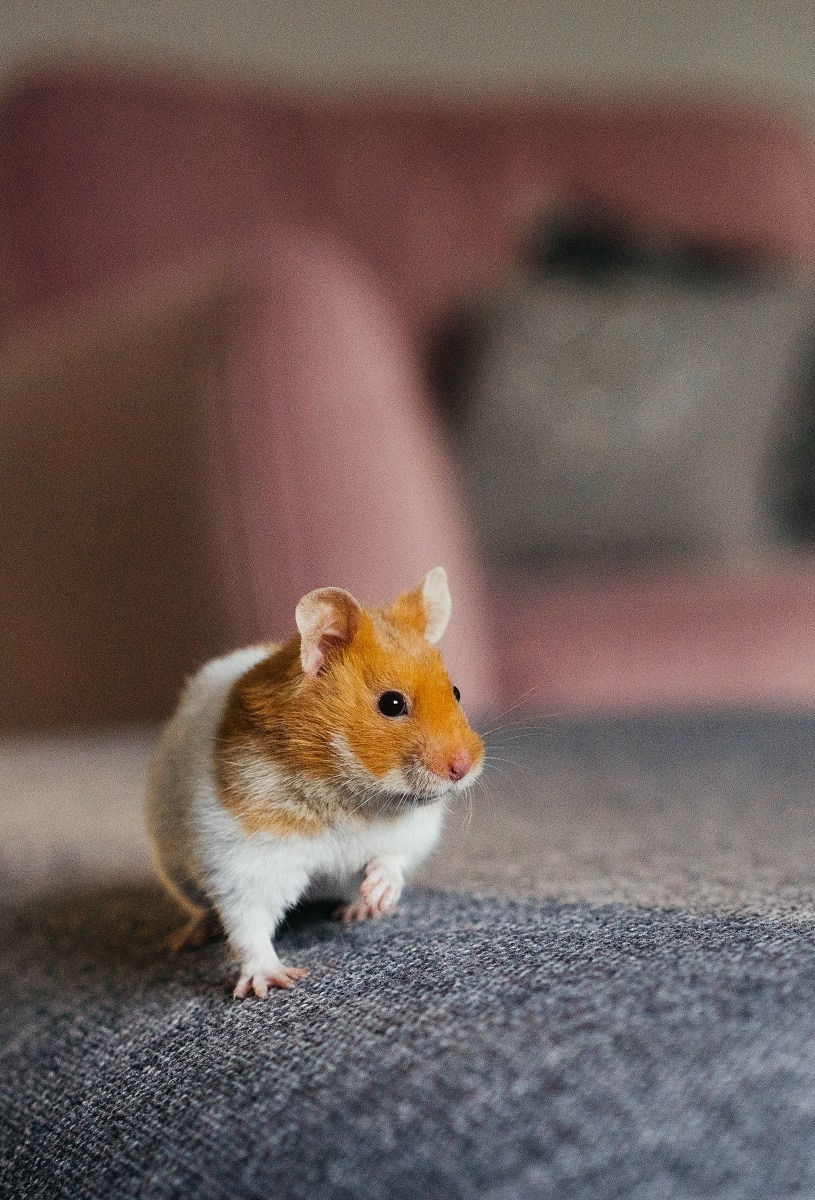
Treating bumblefoot in hamsters
If your hamster has come down with bumblefoot, don’t beat yourself up over it too much. These little rodents can be quite fragile! Luckily, depending on the severity, you can treat the (beginning) infection at home. This applies especially when there are no open sores; if there are, just ring your vet, as your hammie will probably benefit from some antibiotic medication.
As you’ll find out, the most difficult thing with foot infections is that hamsters use their feet all the time. You can’t tell them to sit still and rest their paws!
Here’s what you can do to help treat beginning cases of bumblefoot in hamsters:
- If your hamster has furry feet, clip (but don’t shave) the excess hair between the toes.
- Clean the wound. You can use a mild chlorhexidine solution.
- Apply special bandages or even a cyanoacrylate skin protectant. This ensures no further bacteria can enter the damaged skin.
- Soak the paw in a warm saline solution bath.
- Apply an ointment like Neosporin, or even something like Manuka honey (yes, there’s clinical evidence that honey helps!).
Of course, you should also be extra meticulous about keeping your hamster’s cage clean. Anything you can do to prevent further infection!
Conclusion
Bumblefoot is a foot infection in hamsters that can happen as a result of lack of hygiene or uneven pressure on the paws. You can treat mild cases at home, but remember: when in doubt, just call a vet! They will be able to tell you whether you should bring your hammie in or not. Don’t leave things to fester!


